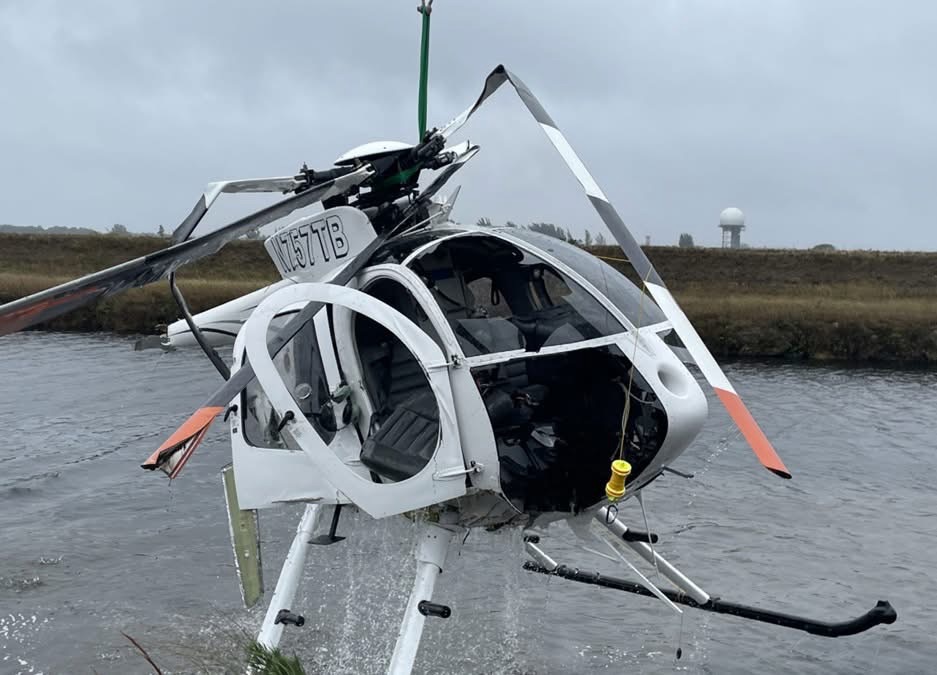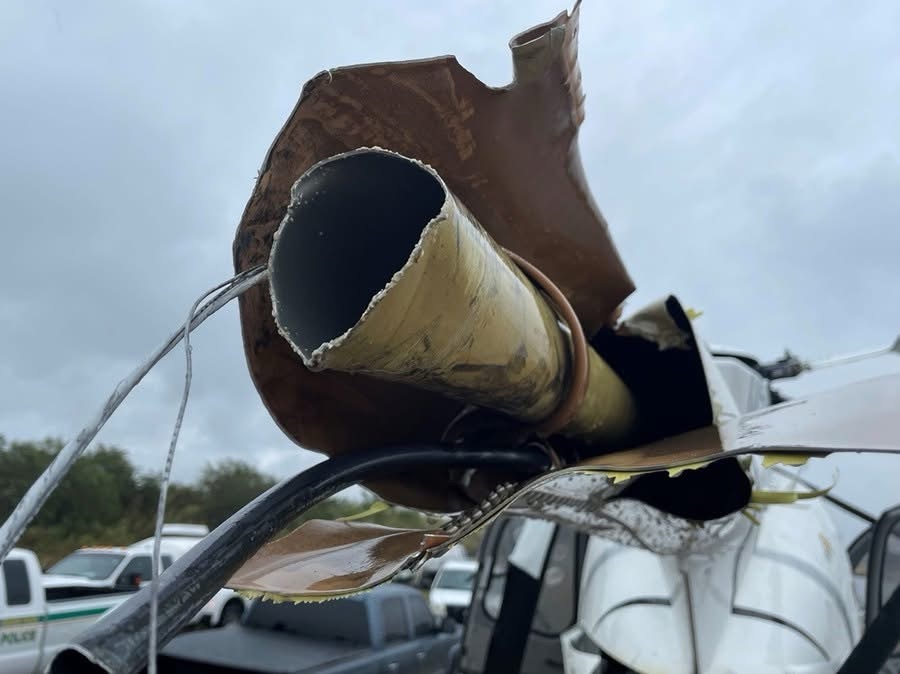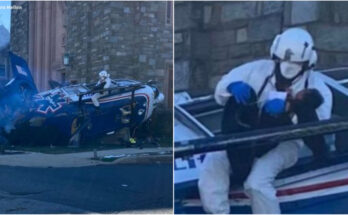
*** Final Report ***
N757TB HUGHES HELICOPTER 369E Miami Florida 27 DEC 2023
2 POB – 1 Fatal & 1 No Injury
Pilot Flight Time: 1270 hours (Total, all aircraft), 187 hours (Total, this make and model)
On December 27, 2023, at 1259 eastern standard time, a Hughes 369E helicopter, N757TB, was substantially damaged when it was involved in an accident near Miami, Florida. The pilot was fatally injured, and the passenger sustained minor injuries.
According to the passenger, who was the pilot’s daughter, the purpose of the flight was to drop off her brother at Page Field Airport (FMY), Fort Myers, Florida. They departed Miami Executive Airport (TMB), Miami, Florida, about 1030. They arrived at FMY with no issues and were on the ground about 30 minutes before departing to return to TMB. She further stated that the flight home was normal, and she did not notice anything; however, when the helicopter was about 5 miles west of TMB, it yawed to the right and the began spinning out of control. The helicopter impacted the water and her door opened. She exited the helicopter and swam to shore.

The helicopter was located at the bottom of a canal, at a water depth of about 20 ft. Damage to the bottom of the helicopter was consistent with its impacting the water in a near-vertical descent. The tail boom was fractured forward of the vertical stabilizer and was located about 450 ft from the main wreckage. Flight control continuity was observed to all primary flight controls through the fractured tail boom.
The engine remained securely attached to the respective mount struts on the engine gearbox. The aft strut on the left side mount had fractured at the rod end connection with the strut tube. Rotation of the engine power turbine, in the driving direction, resulted in rotation of the engine to-transmission driveshaft and the main rotor head. Additionally, functionality of the overrunning clutch, both in the drive and freewheeling directions of rotation, was confirmed. A borescope was used to examine the combustion liner, nozzle shield, and first-stage gas producer turbine nozzle and blades. All the associated components appeared visually unremarkable.
The main rotor and main transmission remained installed on the helicopter. All main rotor head components remained installed with no evidence of separation or fractures. The main rotor blades were cut near their root ends to facilitate recovery of the wreckage. The main rotor blades did not exhibit fragmentation, and all were full length. The main rotor blades exhibited chordwise deformation, with two blades exhibiting significant chordwise and downward deformation near their root ends. At the trailing edge of one blade, the upper and lower skins had splayed open at the tip end.
The aft portion of the tail boom containing the tail rotor and T-tail stabilizer (empennage) was fractured and separated about 57 inches aft of the tail boom-to-main fuselage attachment and about 25 inches forward of the tail rotor gearbox attachment. The tail rotor gearbox remained installed on the aft end of the tail boom, the latter of which was fractured and separated from the main wreckage. The tail rotor blades remained installed on the tail rotor hub and did not exhibit anomalous damage other than damage due to submersion in the canal. Rotation of the tail rotor resulted in a corresponding rotation of the tail rotor drive shaft that remained within the [separated] empennage. The tail rotor drive shaft was fractured at the location of the tail boom fracture. Rotation of the tail rotor drive shaft resulted in a corresponding rotation of the main rotor, confirming continuity of tail rotor drive from the main transmission, with no evidence of binding.
Probable Cause and Findings:
Main rotor contact with the tail boom for unknown reasons, resulting in the separation of the tail boom.


